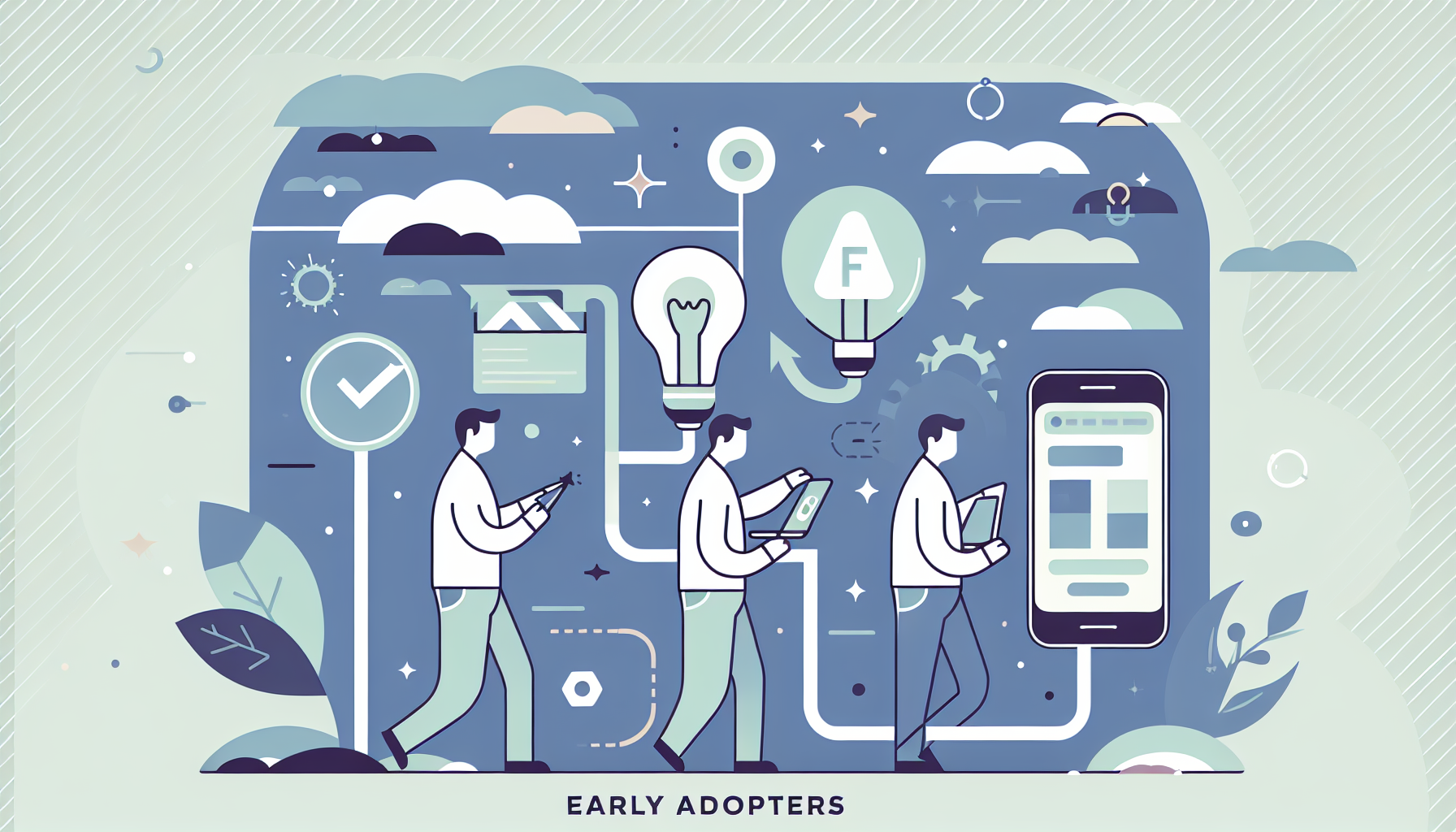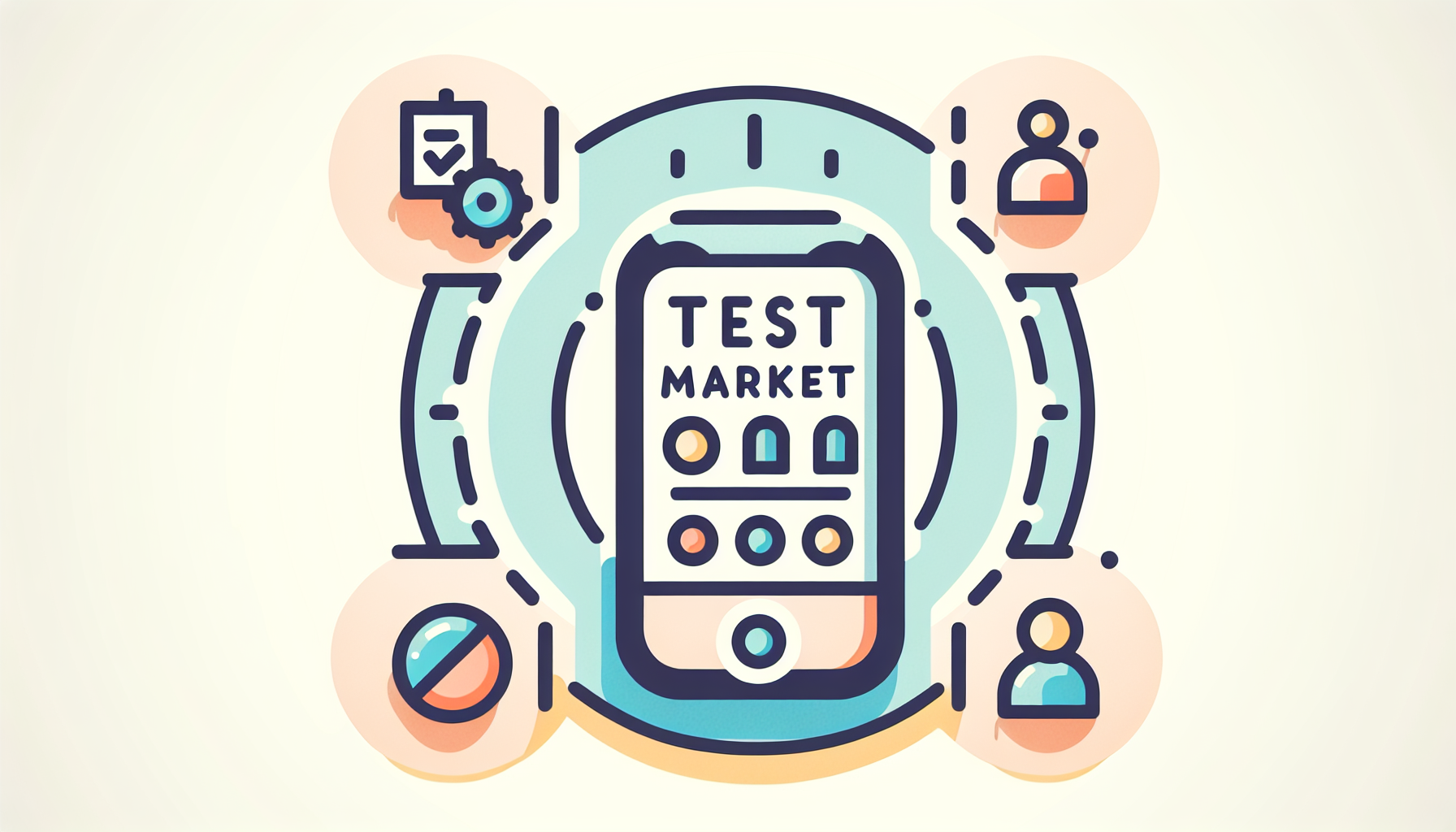Understanding the Importance of Lead Generation on Landing Pages
Landing pages are more than just a digital business card; they are crucial tools for converting visitors into leads. Whether you're running a startup, launching a new product, or promoting a service, your landing page can make or break your lead generation efforts. But how do you ensure that your landing page is effectively capturing leads? It starts with understanding the elements that drive conversion and applying strategies that enhance your page's performance.
Crafting a Clear and Compelling Value Proposition
Your value proposition is the heart of your landing page. It should clearly communicate the benefits of your offer and why visitors should care. A strong value proposition answers the fundamental question: "What's in it for me?"
For example, if you're using Startt to build landing pages, you can emphasize how quickly and easily visitors can create stunning, customized landing pages that help them grow their audience. This not only highlights the product’s ease of use but also its ability to deliver tangible results.
Make sure your value proposition is prominently displayed on your landing page, preferably near the top. Use concise language and focus on the most significant benefits. The more specific you can be about the value you offer, the more compelling your proposition will be.
Optimizing Your Call-to-Action (CTA)
The Call-to-Action (CTA) is arguably the most critical component of your landing page. It's the button or link that drives your visitors to take the next step, whether that's signing up for a newsletter, downloading a guide, or starting a free trial.
To optimize your CTA:
- Make it Stand Out: Use contrasting colors to ensure your CTA button is visible. It should draw attention without clashing with your overall design.
- Use Action-Oriented Language: Words like "Get Started," "Download Now," or "Join Free" are direct and encourage immediate action.
- Keep it Short and Sweet: Your CTA should be concise, ideally between two to five words. Avoid overwhelming your visitors with too much information.
- Test Different Variations: A/B testing different CTA texts, colors, and placements can help you identify what resonates best with your audience.
Leveraging Social Proof
Social proof is a powerful psychological trigger that can significantly boost your lead generation efforts. When potential leads see that others have benefited from your product or service, they’re more likely to trust your offer and convert.
There are several ways to incorporate social proof into your landing page:
- Testimonials: Share quotes from satisfied customers, preferably with names and photos to add authenticity.
- Case Studies: Provide detailed examples of how your product or service has solved problems for your clients.
- Customer Logos: Display the logos of well-known companies that use your product or service.
- Trust Badges: Include badges that signify security, such as SSL certificates, or endorsements from reputable organizations.
By integrating these elements, you can create a landing page that feels trustworthy and credible, which is essential for driving conversions.
Minimizing Distractions
A successful landing page is laser-focused on a single goal: converting visitors into leads. To achieve this, it's crucial to minimize distractions that can divert attention away from your CTA.
Here’s how you can reduce distractions:
- Limit Navigation: Avoid including a full navigation menu on your landing page. Instead, use a simple, minimal design that directs visitors toward your CTA.
- Eliminate Unnecessary Links: Links to other pages can tempt visitors to click away from your landing page. Keep them to a minimum or remove them altogether.
- Focus on One Offer: If possible, limit your landing page to one primary offer. Multiple offers can confuse visitors and reduce the likelihood of conversion.
- Use White Space Effectively: White space can help your key message and CTA stand out by giving them room to breathe. Avoid cluttered designs that overwhelm the visitor.
Using High-Quality Visuals
Visual elements play a significant role in enhancing the appeal of your landing page. High-quality images, videos, and graphics can capture attention and convey your message more effectively than text alone.
When incorporating visuals:
- Ensure Relevance: Choose visuals that directly support your value proposition and CTA. Irrelevant images can confuse visitors and dilute your message.
- Use Videos Wisely: Videos can be highly engaging and informative, but they should be short and to the point. A well-crafted explainer video can significantly boost conversions.
- Optimize for Speed: Large images and videos can slow down your page load time, leading to higher bounce rates. Compress files and use lazy loading techniques to ensure fast performance.
Remember, visuals should enhance your message, not overshadow it. Strike a balance between aesthetics and functionality to maintain a seamless user experience.
Implementing Lead Magnets
Lead magnets are incentives offered to visitors in exchange for their contact information. They are highly effective for building your email list and nurturing potential leads.
Popular lead magnets include:
- Ebooks: Offer valuable insights or a guide relevant to your audience's interests.
- Webinars: Host a live or recorded webinar that provides expert knowledge or training.
- Discount Codes: Offer a discount on your product or service for first-time customers.
- Free Trials: Allow visitors to experience your product firsthand with a limited-time trial.
To make your lead magnet more enticing, highlight its value and make it easy for visitors to claim. Position your lead magnet close to your CTA to encourage conversions.
Testing and Analyzing Performance
Even the most well-designed landing pages require continuous testing and optimization. By regularly analyzing your landing page’s performance, you can identify areas for improvement and increase your conversion rates.
Key metrics to track include:
- Conversion Rate: The percentage of visitors who complete your desired action, such as filling out a form or clicking your CTA.
- Bounce Rate: The percentage of visitors who leave your page without taking any action. A high bounce rate may indicate that your page isn’t engaging enough.
- Time on Page: How long visitors stay on your landing page. Longer durations typically suggest that your content is compelling and relevant.
- A/B Test Results: Use A/B testing to compare different versions of your landing page. Analyze which version performs better and implement the successful elements.
Tools like Google Analytics and Startt offer insights into these metrics, allowing you to refine your strategy over time. Remember, optimization is an ongoing process, and the more you test, the better your results will be.
Conclusion: Turning Your Landing Page into a Lead Generation Powerhouse
Effective lead generation on your landing page requires a combination of compelling content, strategic design, and continuous optimization. By focusing on a clear value proposition, optimizing your CTA, leveraging social proof, minimizing distractions, and utilizing high-quality visuals, you can create a landing page that drives conversions.
Don't forget to implement lead magnets to capture more leads and regularly test your page to ensure it’s performing at its best. With these strategies in place, your landing page will become a powerful tool in your lead generation arsenal, helping you grow your audience and achieve your business goals.
Ready to build a landing page that converts? Check out Startt and start creating stunning, customized landing pages in seconds!
Ready to build your audience?
It’s completely free to create your page and takes just minutes to setup.
Create your account










